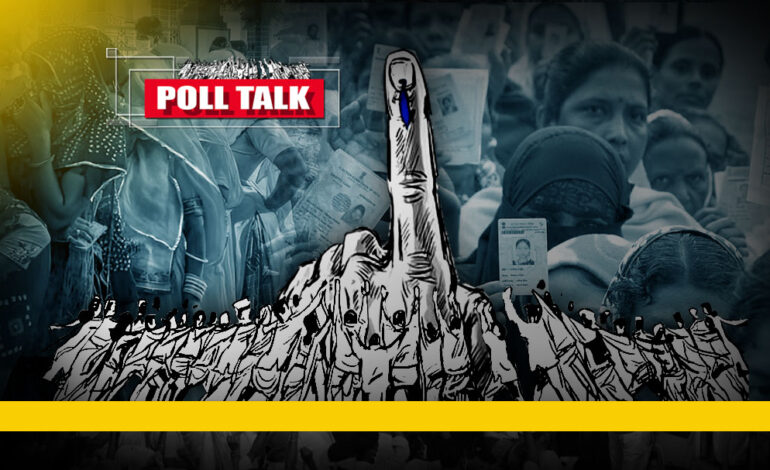
With the conclusion of campaigning in Telangana on Tuesday (28 November) for the polls scheduled for November 30, the process for the crucial assembly elections of 2023 to five important Indian States has reached its final stages. All the five States – Rajasthan, Chhattisgarh, Madhya Pradesh, Mizoram and Telangana – will have counting of votes on December 3. Indeed, the election results in each of these States have their own regional and micro level importance, but cumulatively too, they have tremendous significance for national politics, especially in the context of the 2024 Lok Sabha polls.
Telangana will be the last to witness polling while the smaller State of Mizoram completed polling on November 7. Chhattisgarh saw polling in two phases -November 7 and 17 – while Madhya Pradesh and Rajasthan had single phase polling on November 17 and 23 respectively. All the States have witnessed intense campaigning since early October marked by diverse and at times see-saw projections on political supremacy. Three of the five States – Rajasthan, Madhya Pradesh and Chhattisgarh – had direct confrontations between the Bharatiya Janata Party (BJP), holding power at the Centre since 2014 and the principal opposition Congress. In all three States Prime Minister Narendra Modi has led the BJP campaign from the front. On the other side, one of the key individual components of the Congress campaign was Rahul Gandhi, former President of the party, who had initiated a number of widespread and vibrant mass contact programmes across the country over the last several months.
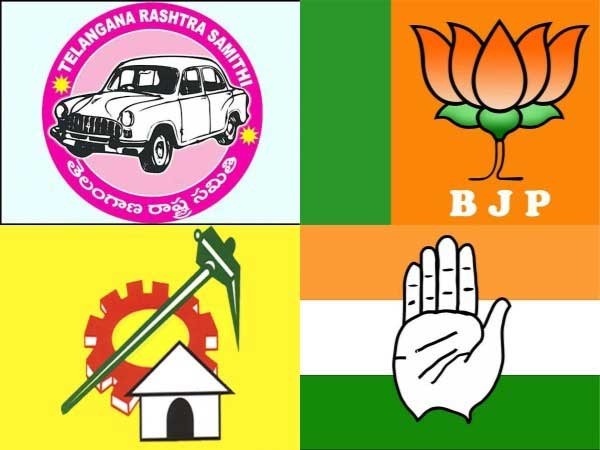
With barely a week left for counting of votes The AIDEM takes a look at the key takeaways and related political projections on the ground. The single most important takeaway is the continuing sway of regional leaders in all the States that went to polls. This persisting influence of the regional satraps has, in many ways, turned out to be a significant setback to the “ Big Two “ of the BJP – Prime Minister Modi and his closest associate Union Home Minister Amit Shah – and their big national political plans, which were to begin with these assembly polls.
Right from the early stages of the campaign, Modi and Shah planned a centralised election strategy for the party, making it clear that regional satraps especially in the big States of Madhya Pradesh and Rajasthan would be sidelined. Both Shivraj Singh Chauhan of Madhya Pradesh and Vasundhara Raje Scindia of Rajasthan, considered to be two formidable regional satraps of the BJP were targeted for this treatment. This sidelining was pronounced in early October, when the campaign was beginning to roll and the first list of candidates was being prepared. So much so, as many as three union ministers and four members of parliament were pressed into Madhya Pradesh as candidates, clearly challenging Chauhan . A murmur campaign was also launched along with it with the emphasis that from now on the BJP in the State would stress on collective leadership. In Rajasthan too, Scindia supporters were decisively kept out of the first list of candidates. However, as the campaign progressed, Modi and Shah were compelled to bring both Chauhan and Scindia back into prominence.
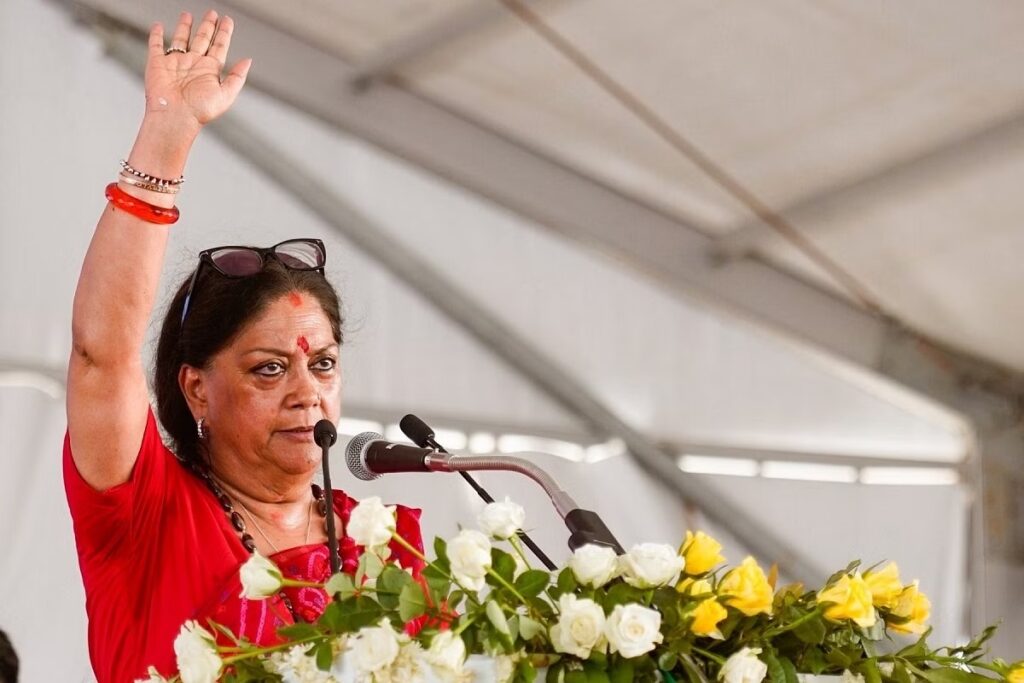
The return of Chauhan and Scindia was so spectacular that towards the end of the campaign both the leaders were in great demand across several constituencies. The “Big Two” of the BJP central leadership had conceived this round of assembly elections as a competition between Modi’s personality and track record as Prime Minister and the “ineffective leaders” of opposition parties. The plan to centralise the campaign had emanated from this understanding. But in the big states of Madhya Pradesh and Rajasthan, the “Big Two” were forced to accept that their regional leaders were a force to reckon with in their states. This acceptance manifested prominently towards the end of the campaign in Madhya Pradesh, when Chauhan’s special scheme for women – Laadli Behna – became the focal point. “Whatever the final results on December 3, there is no denying that Modi and Shah will have to give space to regional leaders for a considerable period of time”, said a senior BJP leader based in Delhi to The AIDEM.
Unlike the BJP’s “Big Two”, the Congress central leadership had not sought to sideline its regional leaders. The incumbent Chief Ministers of Rajasthan and Chhattisgarh, Ashok Gehlot and Bhupendra Baghel respectively, had considerable freedom in running the campaign in their States.
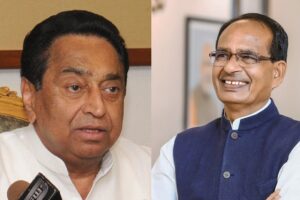
Madhya Pradesh State Congress President Kamalnath also called the shots in his State. Such was his domineering influence on the Congress campaign in Madhya Pradesh, pointed out several party insiders to The AIDEM, that he refused to accept suggestions even from top central leaders such as Rahul Gandhi and Priyanka Gandhi. The widespread perception among political observers and the lay public in the early stages of the campaign was that the Kamalnath led Congress was way ahead of the BJP as well as other parties. The perception also had it that the party would score as resounding a victory as the one it had in the southern State of Karnataka in May 2023. However, towards the end of the campaign and around the date of polling the sense in the political circles of Madhya Pradesh was that Kamal Nath’s overbearing attitude as also the over confidence that came along with it had helped the BJP to claw back a little. Even so, political observers are of the view that Congress has retained the edge though it is less pronounced than what it was in the early stages of campaigning.
In Rajasthan and Chhattisgarh, the Congress central leadership was aware of the anti-incumbency faced by Gehlot and Baghel and had tried to take several measures, including ones that sought to strengthen the State unit of the party by promoting collective leadership. However, in the final analysis, Gehlot and Baghel had the last word in terms of planning and advancing the campaign in their States. After polling, the general impression in Rajasthan is that Gehlot may have lost out to Scindia in the clash of the regional satraps in the State. However, the analysis in Chhattisgarh among seasoned political observers after the voting is that the BJP’s failure to build up a powerful regional face as the alternative to Chief Minister Baghel may help the Congress to retain the State.
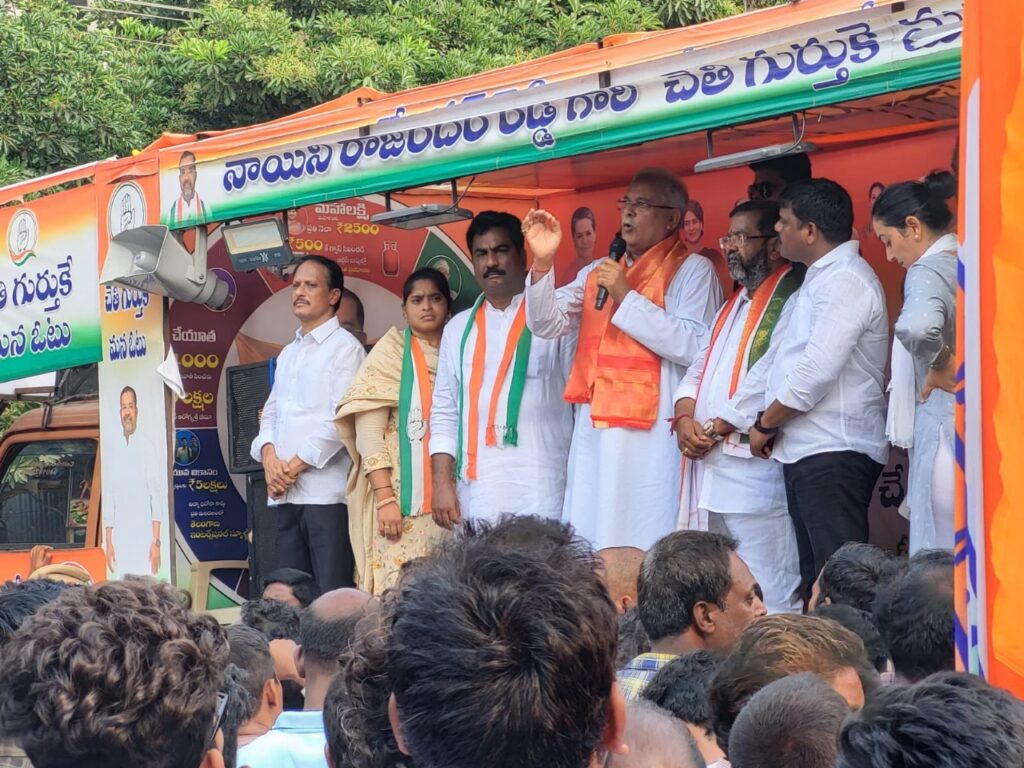
In Telangana and Mizoram, the BJP is not rated as a key contestant and the electoral tussle is essentially between Congress and the regional parties. In Telangana, the Congress is trying to unseat the ruling Bharat Rashtra Samithi (BRS) and in Mizoram, the grand old party is fighting the ruling ruling Mizo National Front (MNF) and a six party alliance of regional forces titled Zoram Peoples Movement (ZPM). As the Telangana campaign came to a close on Tuesday, there was little doubt among political observers of the State that the Congress has managed to put up a close fight and was breathing down the neck of the BRS leadership, including Chief Minister K. Chandrashekhar Rao. However, there is also the view that the Congress Chief Minister candidate Revanth Reddy, who is also the State Congress President, does not have as much traction among the public as K. Chandrashekhar Rao. In other words, the personality factor that is seen to be giving an edge to the Congress in Chhattisgarh seems to be working in favour of the BRS in Telangana.
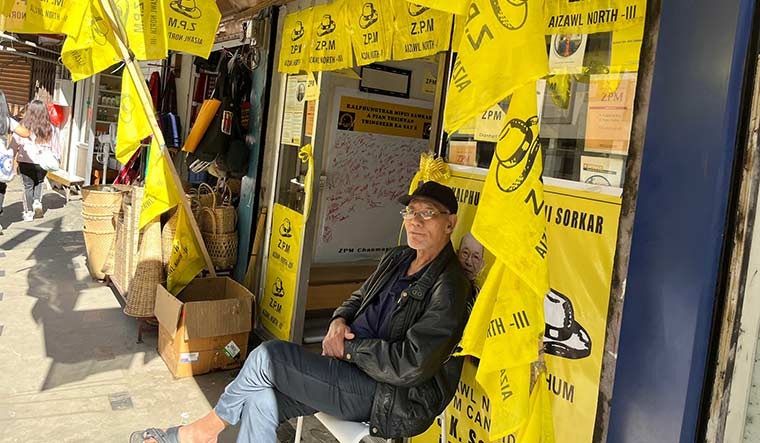
The feedback from political observers of Mizoram, which went to polls first among these five States, is that the three-way contest between MNF, Congress and ZPM could lead to a hung assembly forcing the formation of post-poll alliances. Here, the BJP has also apparently placed itself strategically so that it can try and use its influence as the ruling party at the centre to tie up with one of the two regional parties, MNF or the ZPM, or both the parties together. Whichever way things develop in this smaller State, regional parties and leaders are at the centerstage, repeating the story in the other four States that went to polls in November 2023.
To receive updates on detailed analysis and in-depth interviews from The AIDEM, join our WhatsApp group. Click Here. To subscribe to us on YouTube, Click Here.


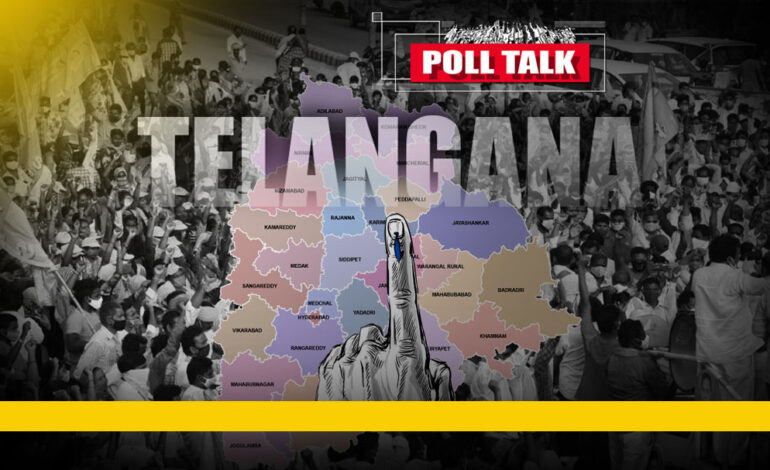
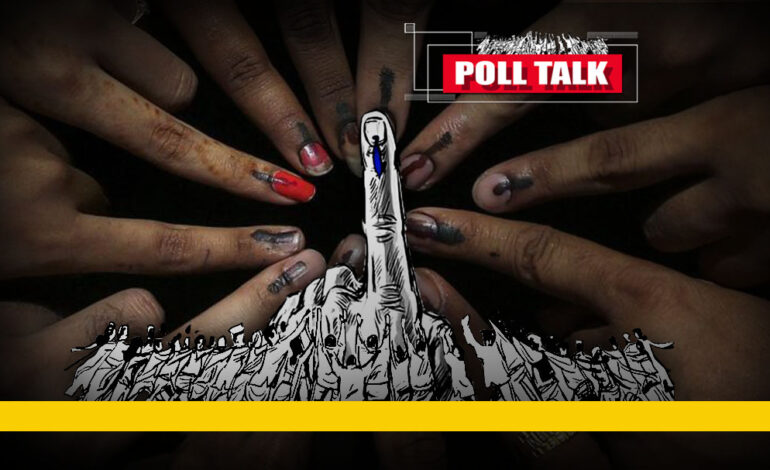
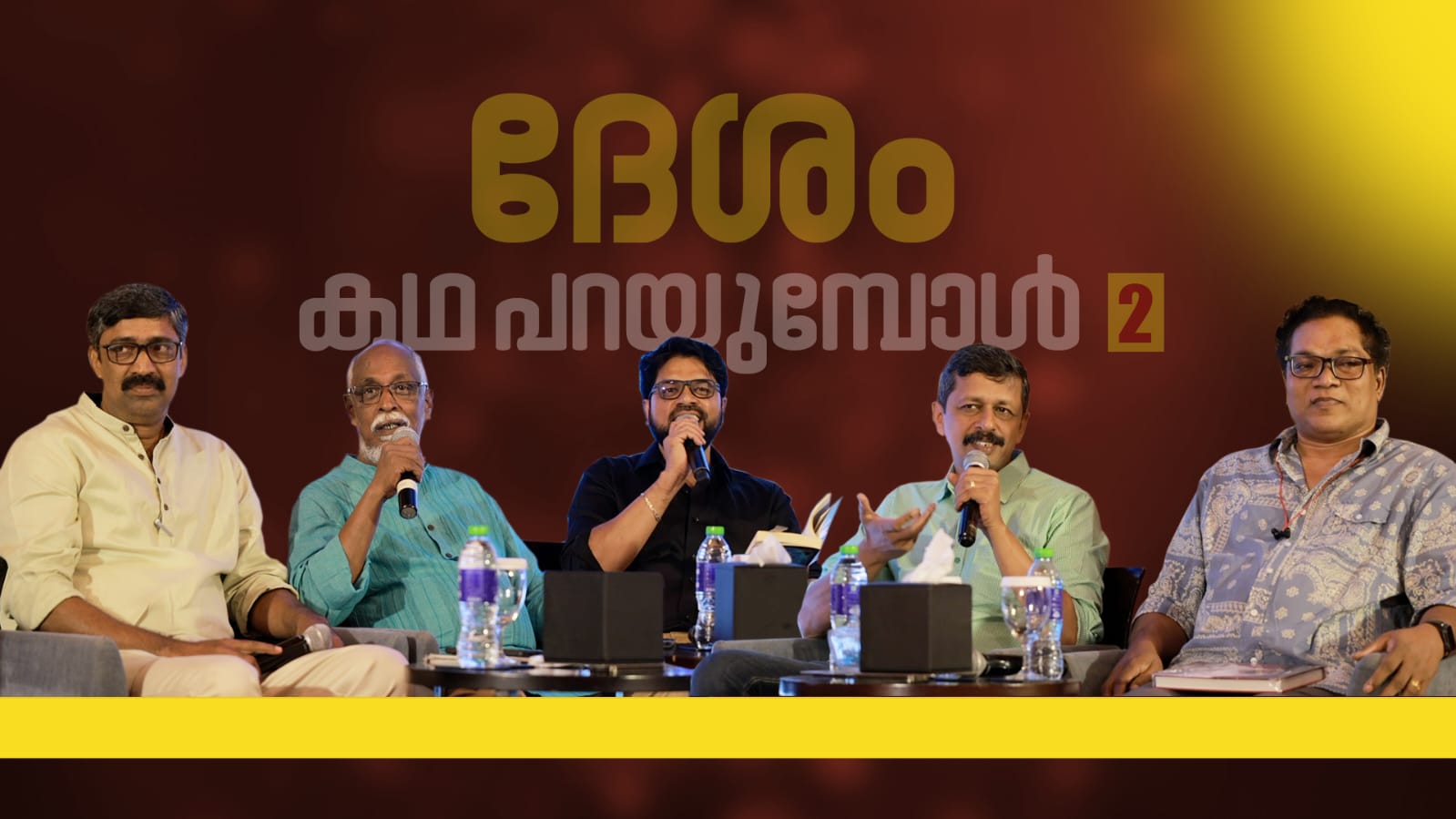
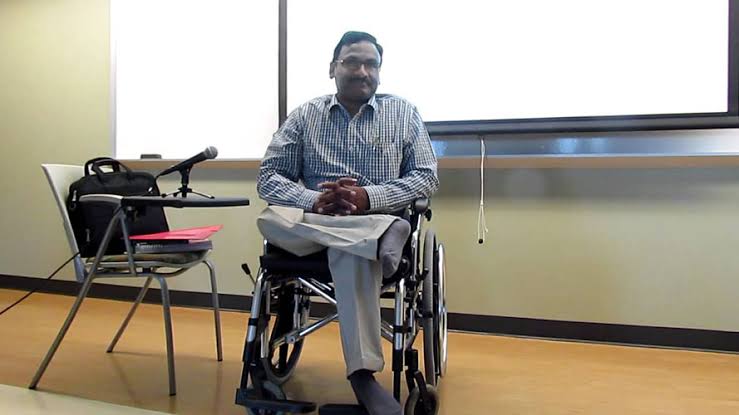
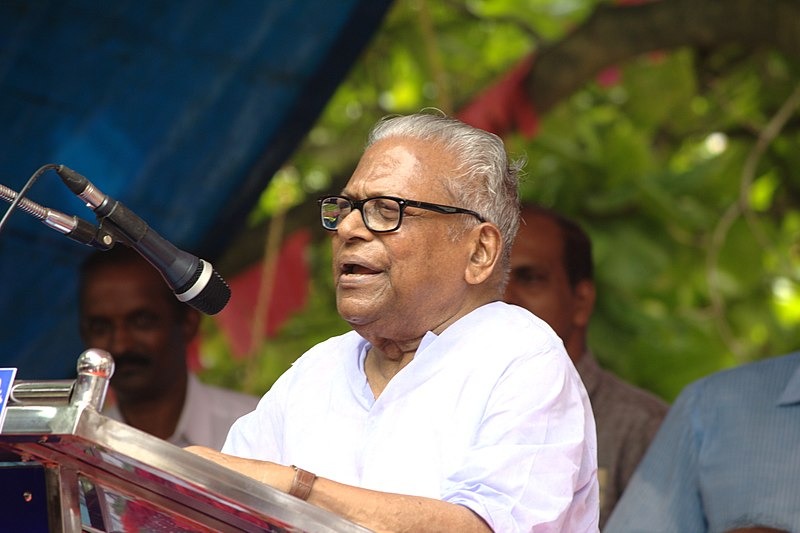
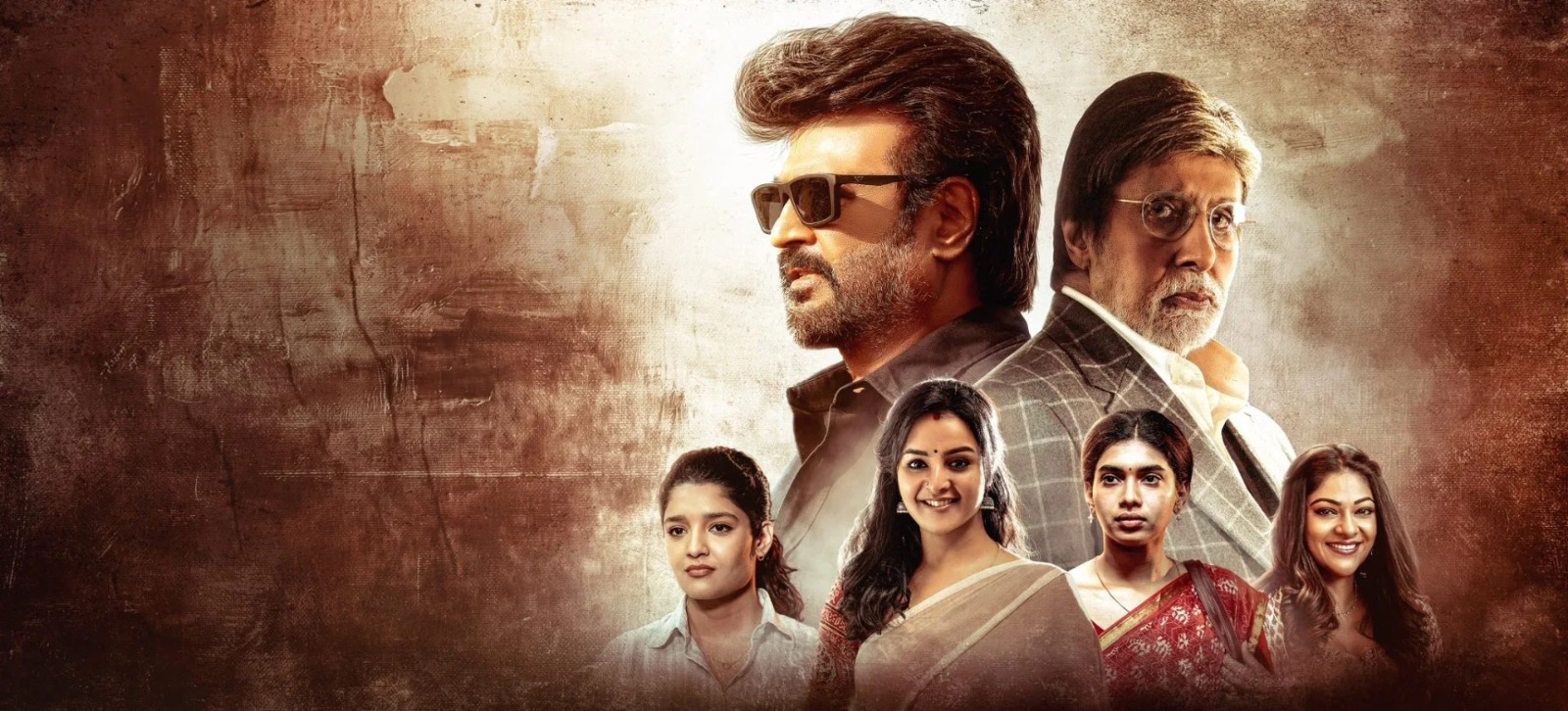
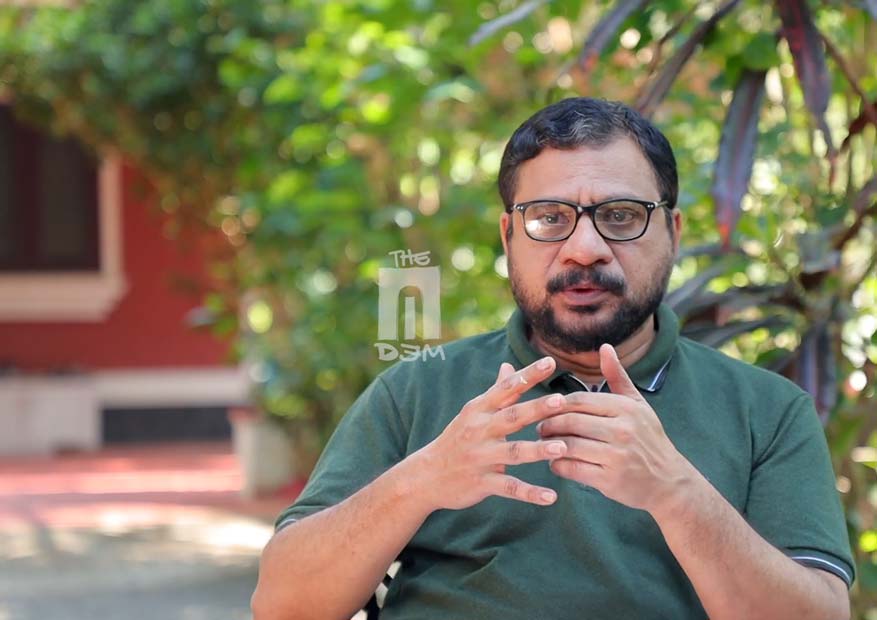
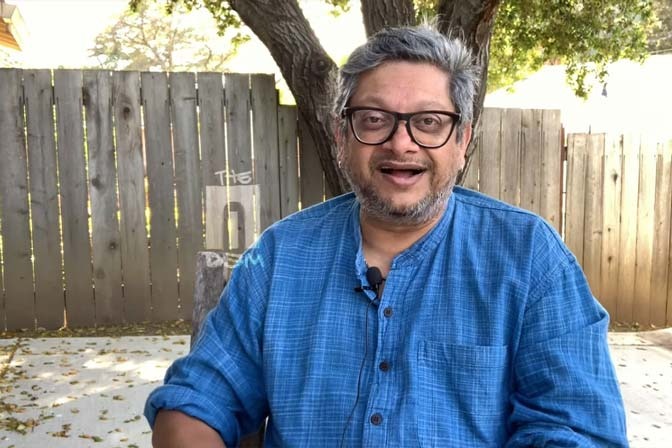
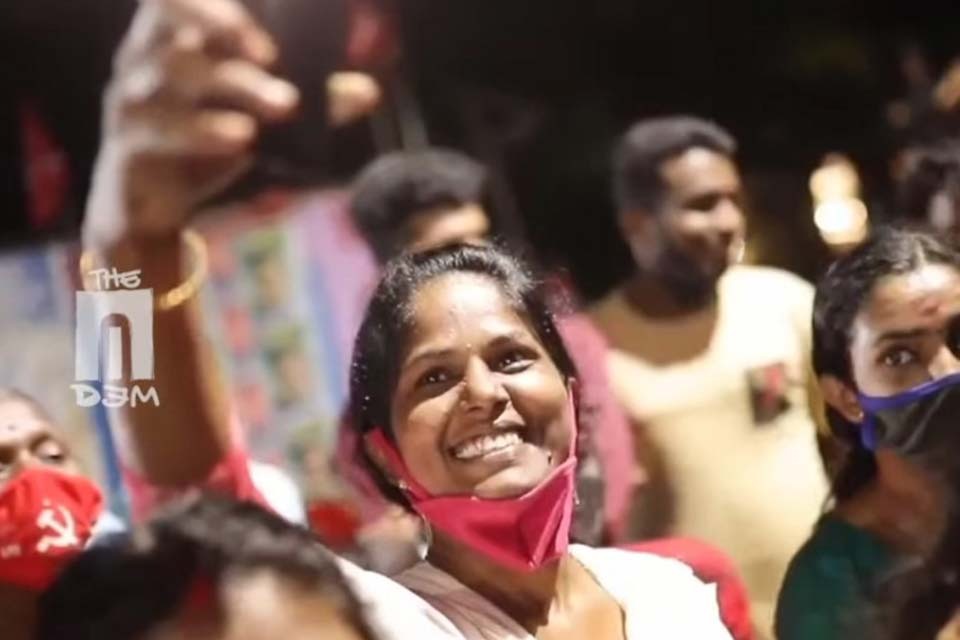

Really this is what we have been missing on your portal. Amazing clarity on the nuances of political trends in these elections. What we had read in Frontline for very many years we see it in this article now . Great job AIDEM
This is certainly an interesting summing up , but how did such a seasoned political journalist miss out on Sachin Pilot , another important regional leader , whose tussle with Gehlot is also costing the Congress in a big manner . Surely Pilot deserved a mention in this article
Neatly balanced, reading the pulse and touched on the pivotal points. Compliments.